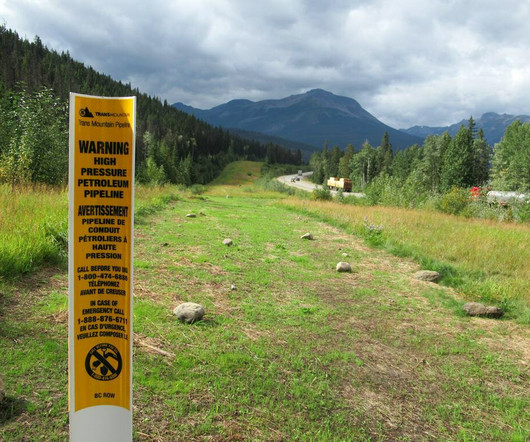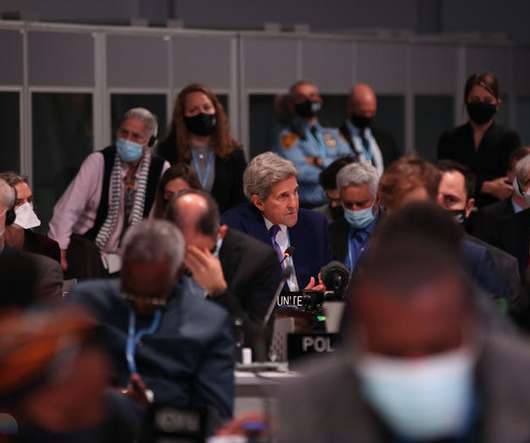Businesses and investors need to roll up their sleeves and join the race to revive biodiversity
Corporate Knights
DECEMBER 20, 2022
The Living Planet Report 2022 shows an average decline of 69% in wildlife populations since 1970, thus emphasizing the dual crises of biodiversity loss and climate change driven by human activities. Unlike the climate crisis that led to the signing of the Paris Agreement , biodiversity loss has received little attention until now.












Let's personalize your content